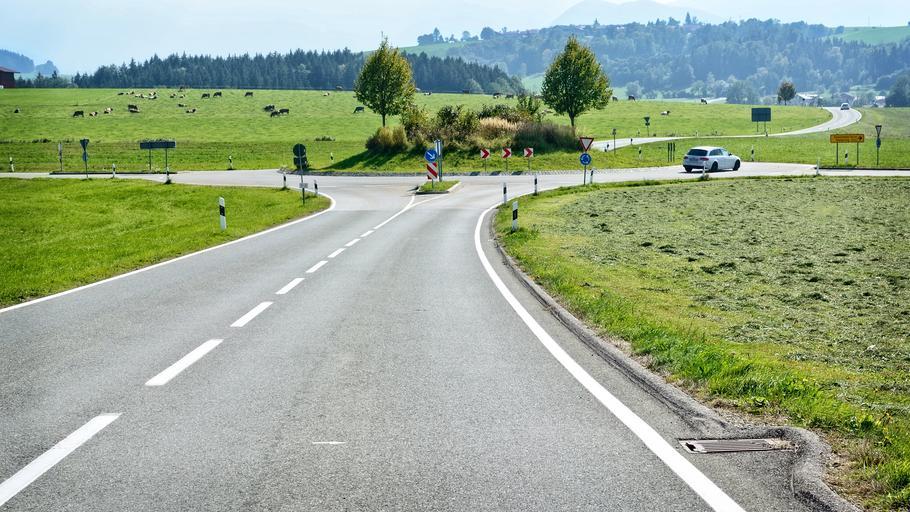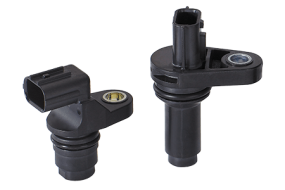
When you are driving on the road, you have to be aware of speed limits. The way you drive on the highway is different from the way you drive in your neighborhood.
This is the reason why when acquiring your driver’s license, you will take a written exam. The driving school will test your knowledge of driving.
Sometimes you can be tempted to drive freely but there are driving rules and regulations you must follow. These rules are for your safety.
One of the rules is the speeding limit. There are different speed limits for different road intersection especially a roundabout. Therefore, what is the speed limit in a roundabout?
The speed limit in a roundabout in the United States is within the range of 15 to 25 mph while in the United Kingdom, the speed limit for a roundabout is 30 miles per hour.
What is a Roundabout?
A Roundabout is a type of circular intersection or junction in which road traffic is permitted to flow in one direction around a central island, and the priority is typically given to traffic already in the junction. It also promotes slow and consistent vehicle speeds entering, circulating, and exiting the intersection.
Importance of a Roundabout
Roundabout plays an important part in society. It brings about an increase in drivers’ safety. It reduces collision so accidents are minimal when traffic rules are followed.
A roundabout allows a more efficient traffic flow, a more aesthetically pleasing intersection, lower construction and maintenance costs, and a positive environmental impact.
Roundabout offers communities several advantages compared to traditional intersections. It includes;
Safety
All vehicles travel in the same direction, never crossing paths. This reduces the number of crashes. Slower speeds also give drivers more time to react and make decisions. Roundabouts are a safer alternative to traffic signals and stop signs.
The tight circle of a roundabout forces drivers to slow down, and the most severe types of intersection crash — right-angle, left-turn, and head-on collisions — are unlikely.
Community Benefits
Roundabouts have the effect of calming traffic and speed in neighborhoods. It is easy for people to carry out their normal activities without fear of collision.
Roundabouts are Safer for Pedestrians
Pedestrians walk on sidewalks around the perimeter and cross only one direction of traffic at a time. Crossing distances are relatively short, and traffic speeds are lower than at traditional intersections.
What is the Speed Limit in a Roundabout?
The speed limit for a roundabout in the United States is 15 mph to 25 mph and 30 miles per hour in the UK to avoid crashes or any head-on collision.
Imagine speeding at the rate of 70 mph in a roundabout, what do you think will happen?
What Happens if You Overspeed in a Roundabout?
Driving speed is one of the most important factors in road safety and speed not only affects the severity of a crash but is also related to the risk of being involved in a crash.
Inappropriate speed is responsible for more than a third of all fatal accidents occurring on roads. Although the construction of the roundabout makes it impossible to speed if you still Overspeed, there’s likely to be a fatal crash.
Therefore, overspeeding in a roundabout could lead to an accident of various kinds which ranges to fatal head-on collisions, ramming into another car, or scratching another car.
Is it Illegal to Drive in a Roundabout?
It is not illegal to drive in a roundabout. Roundabouts are a type of road so you can drive on them. Just ensure you maintain your lane while driving.
While driving in a roundabout be aware of the speed and position of all the road users around you.
On some roads, you will be notified of the speed limit before you get to the roundabout. Use your side mirror. Give plenty of room for pedestrians who may be crossing the approach or exit road.
However, while it might not be illegal to drive in a roundabout, it is illegal to Overspeed in a roundabout because if an accident occurs as a result of your overspeeding, it is then you will know the legality of driving more than the recommended speed stipulated for a roundabout.
You don’t have to drive so aggressively in a roundabout. A word they said, is enough for the wise. Develop good driving habits and follow the speed limit stipulated for roundabouts.
How Should You Drive in a Roundabout?
Driving in a roundabout is not the same way as driving in your neighborhood or on the highway. Below is how you should drive in a roundabout.
1. Slow on Approach
One of the advantages of a roundabout is that it does not stop the traffic like a stop sign or a red light would. If a roundabout is empty, you do not have to stop before entering.
However, that does mean that you must exercise extra caution on the approach, and make sure that it is completely safe before entering. Slow down when you are approaching a roundabout, and if the way is clear, then you can proceed.
2. Give way to the Person Who is Already on the Roundabout
The first and most important rule of a roundabout is that you give way to vehicles that are already occupying it. Just as you would when entering a regular road, you must wait until there is sufficient space to enter the roundabout.
3. Signal your Intent
One of the most common mistakes that people make in roundabouts is signaling incorrectly, or not at all.
When used properly, indicators can be an excellent way to increase safety and convenience on a roundabout; by letting those around you know of your intentions.
Always signal immediately before your exit, using your right indicator, just as you would when turning.
4. Stay in your Lane
Remember to yield to other drivers when you are in a roundabout. You are not in a race competition. Stay in your lane and don’t change lanes, as this can cause a serious accident or backup.
Final Thoughts
If people can follow roundabout rules, accidents will reduce drastically. The issue is everyone is rushing somewhere. While rushing, learn to consciously follow the rules of roundabouts; not just roundabout rules but also the traffic rules.
If we all follow the rules, it is for our own good. There are penalties for not obeying traffic rules; so drive safely to avoid being penalized.









